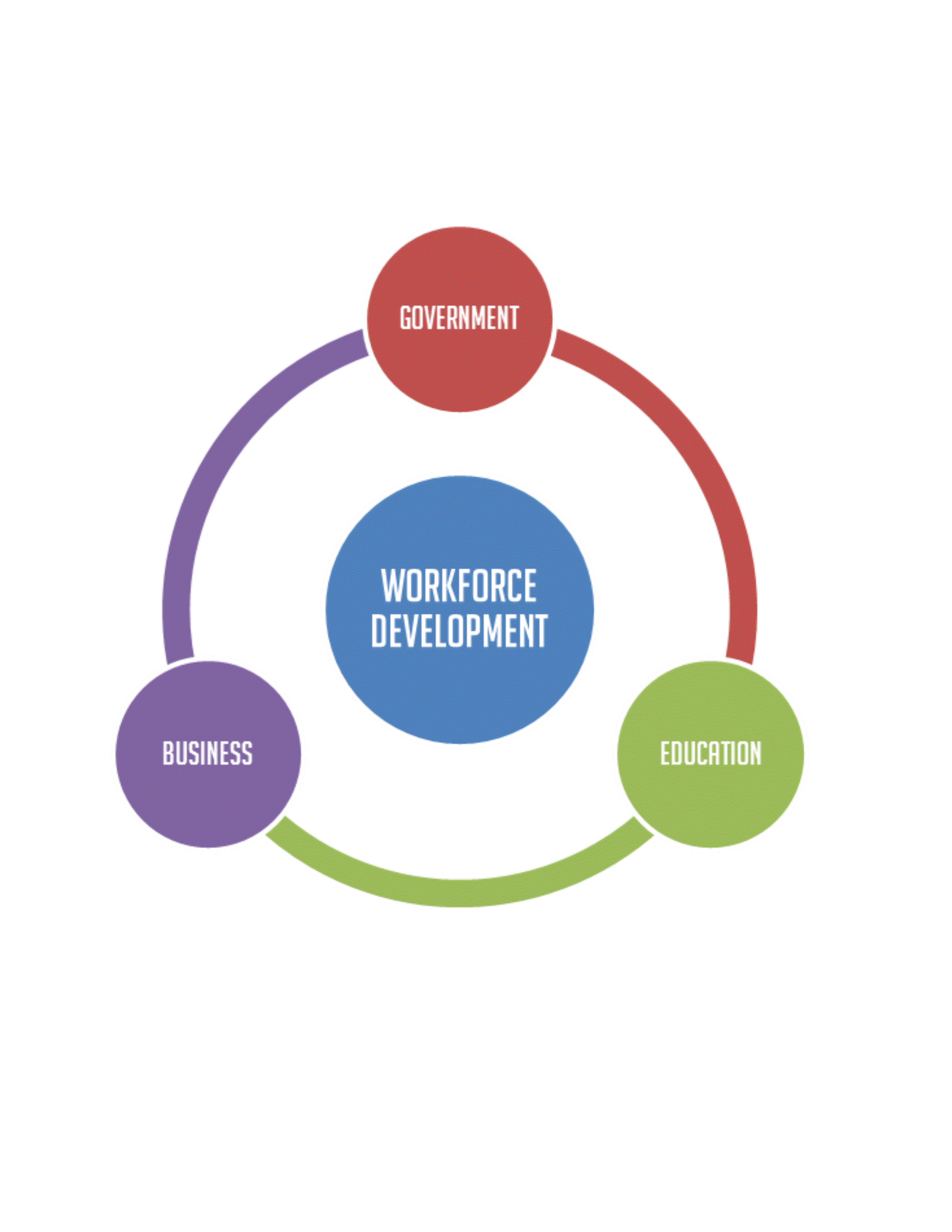Solano
Youth Employment
GOVERNMENT

Government is an integral piece
of youth employment. Policies and influence can make an impact on a young person's life socially and financially, as well as impact the local, state, and federal economy by reducing costs to taxpayers and increased life-time earnings, resulting in higher tax revenues
Included on this page are reports and policies making impacts throughout the country. Many resources are focused on specific groups, however the methodology may stretch beyond
a singular group.
A MUNICIPAL ACTION GUIDE: YOUTH EMPLOYMENT AND FINANCIAL CAPABILITY
A young person’s first job is a critical developmental step toward adulthood. A first job provides an opportunity for youth to engage with the financial system and also infuses earnings into the local economy. In cities across the nation, youth employment programs are the single most significant way that hundreds of thousands of teens are introduced to the working world each year.
BUILDING FINANCIAL CAPABILITY IN YOUTH EMPLOYMENT PROGRAMS
Financial capability is “the capacity, based on knowledge, skills, and access, to manage financial
resources effectively.”1Many Americans, including a large number of young people, currently experience low levels of financial capability, high levels of economic vulnerability, and barriers to building economic stability. Developing strong financial skills is important to young people, especially to disadvantaged youth who may have limited resources and access to financial education and services.
CAN APPRENTICESHIPS HELP REDUCE YOUTH UNEMPLOYMENT?
This report looks at how fostering a nationwide apprenticeship system could help to cut youth unemployment in America, and outlines five criteria to consider when constructing or expanding high-quality programs.
CLOSING THE GAP MEETING CALIFORNIA’S NEED FOR COLLEGE GRADUATES
If current trends persist, California will have one million fewer college graduates than it needs in 2025—only 35 percent of working-age adults will have a college degree in an economy that would otherwise require 41 percent of workers to have a college degree.
CONNECTING AT-RISK YOUTH TO PROMISING OCCUPATIONS
This brief, developed for the Department of Health and Human Services, Administration on Children, Youth and Families, discusses promising occupations for at-risk youth. The occupations are based on their potential for reasonable wages, the required educational prerequisites, projected growth and demand in the labor market, and potential for individual advancement. Opportunities in the healthcare and construction fields are highlighted, as well as work-based learning and career pathway programs.
A series of reports one the impact of youth employment among disconnected youth. ZEROING IN ON PLACE AND RACE is an in-depth look at how disconnected youth are faring in America’s cities, with data included on disconnected youth by state, congressional district, county, gender, and by race and ethnicity. HALVE THE GAP BY 2030; cutting the gap in youth disconnection rate across America.
ISSUE BRIEF: COST AVOIDANCE - THE BUSINESS CASE FOR INVESTING IN YOUTH AGING OUT OF FOSTER CARE
The social services world is just beginning to look hard at concepts like “return on investment.” In that vein, this Brief looks at the enormous cost savings that can be achieved by improving outcomes for young people transitioning from foster care. **Includes "Do It Yourself Cost Avoidance Worksheet"**
NATIONAL COLLABORATIVE ON WORKFORCE AND DISABILITY
This section provides information for organizations working with youth and policy makers on career exploration, employment options, and research-based best practices for transition youth to adulthood and the world of work.
OFFICE OF DISABILITY EMPLOYMENT POLICY (ODEP)
ODEP's mission is to develop and influence policies and practices that increase the number and quality of employment opportunities for people with disabilities.